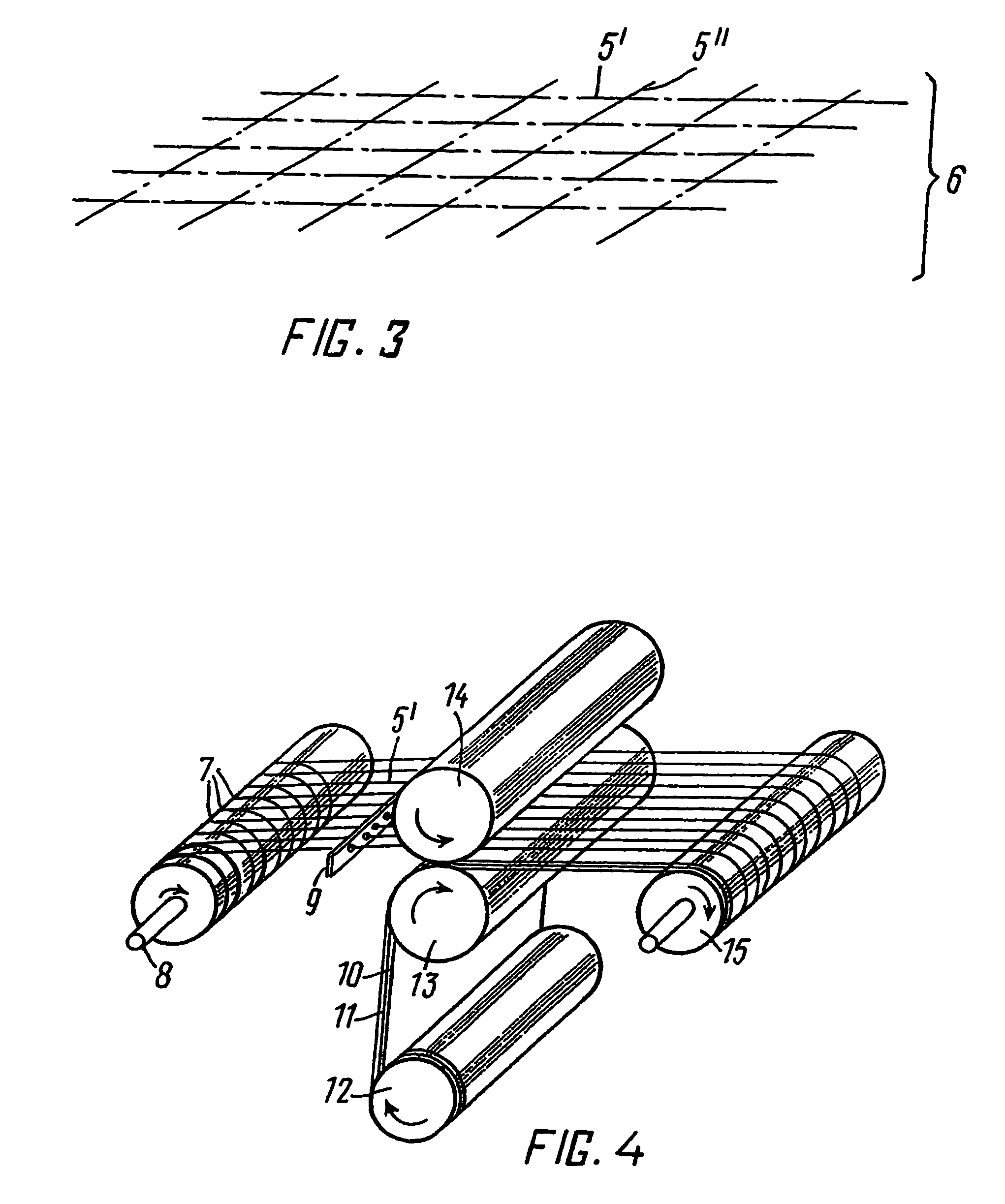Electrode for photovoltaic cells, photovoltaic cell and photovoltaic module
a photovoltaic module and photovoltaic cell technology, applied in the direction of pv power plants, solid-state devices, conductive pattern formation, etc., can solve the problems of high production cost, low efficiency of energy generation using pv modules with a maximum efficiency of about 17 percent, and high cost of pv modules and pv modules. , to achieve the effect of reducing contact resistance and low production cos
- Summary
- Abstract
- Description
- Claims
- Application Information
AI Technical Summary
Benefits of technology
Problems solved by technology
Method used
Image
Examples
Embodiment Construction
[0065]FIG. 1 shows a semiconductor structure S, for example Silicon (n+n (or p) p+), the upper surface of which (always in relation to the depiction in the figure) is covered with an anti-reflective, transparent, electrically conductive coating 4 such as, for example, Indium-Tin-Oxide (ITO). The element S can also consist of a thin-film PV element. The lower surface of the element S is coated either with a metal coating (e.g. aluminium) or alternatively with an anti-reflective, transparent, electrically conductive coating 4. The element S and the upper coating 4 form together with the metal coating (not depicted) or the second, lower ITO-coating 4 a unit, hereinafter referred to as a wafer 3. The two surfaces of the wafer 3 are in contact with the metallic wires 1, which are coated with a coating 2 consisting of an alloy having a low melting point. The wires 1 may be completely coated with the alloy coating 2 or only partly coated on the side or sides facing the surface to be contac...
PUM
 Login to View More
Login to View More Abstract
Description
Claims
Application Information
 Login to View More
Login to View More - R&D
- Intellectual Property
- Life Sciences
- Materials
- Tech Scout
- Unparalleled Data Quality
- Higher Quality Content
- 60% Fewer Hallucinations
Browse by: Latest US Patents, China's latest patents, Technical Efficacy Thesaurus, Application Domain, Technology Topic, Popular Technical Reports.
© 2025 PatSnap. All rights reserved.Legal|Privacy policy|Modern Slavery Act Transparency Statement|Sitemap|About US| Contact US: help@patsnap.com



